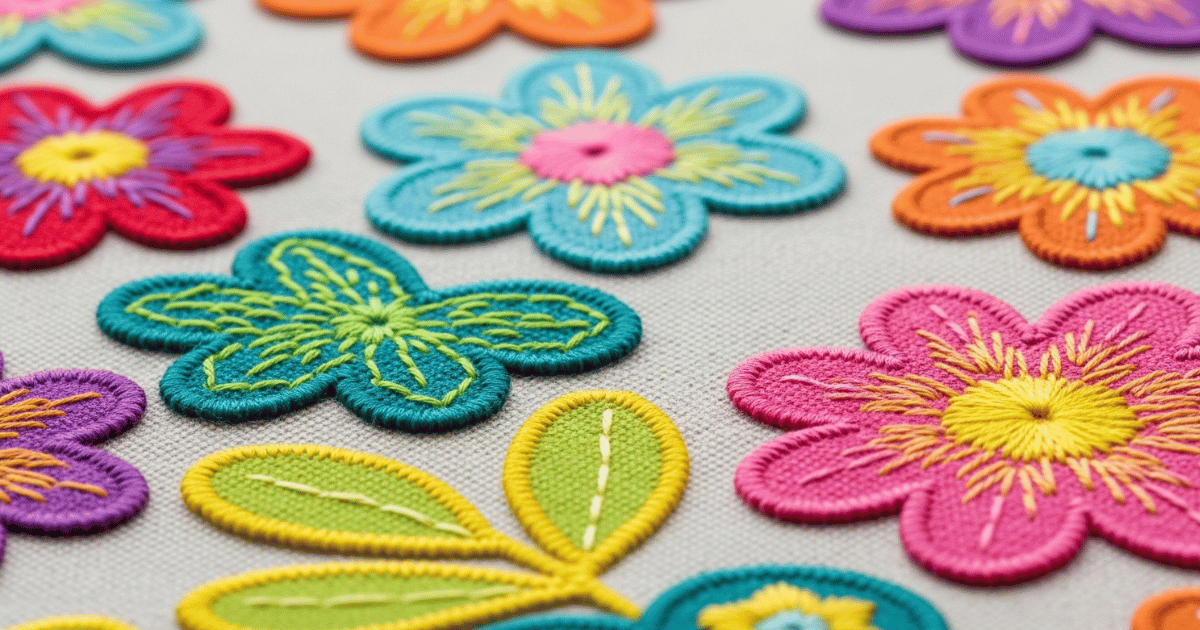Why Choosing an Applique Digitizing Service Enhances Fabric Design

Some time ago, a boutique fashion designer struggled with bringing her custom patchwork patterns to life on fabric. Standard embroidery didn’t quite capture the texture and layering she envisioned. What she needed was a solution that preserved detail, depth, and color transitionswithout overwhelming the fabric. The answer was an applique digitizing service.
Appliqué has been a beloved textile technique for centuries. But today, with modern embroidery machines and precise digitizing, it has evolved into something both artistic and efficient. It’s not just about sewing fabric shapes onto materialit’s about telling a story through textures and threads.
What Is an Applique Digitizing Service?
An applique digitizing service converts artwork or fabric-based designs into machine-ready embroidery files specifically optimized for applique. Unlike standard digitizing, applique files must include placement lines, tack-down stitches, and edge finishingusually satin or zigzag stitchesto secure the fabric onto the base material.
This type of digitizing requires expert knowledge of:
-
Fabric behavior
-
Design placement
-
Seam overlaps
-
Stitch angles and densities
The goal is to make the embroidery machine perform precise actions in the correct sequence, allowing for smooth fabric layering and a polished final look.
You can explore an expertly crafted applique digitizing service tailored to these details.
Why Use Appliqué in Modern Design?
There’s a growing demand for embroidery styles that break away from the ordinary. Appliqué stands out by:
-
Allowing bold textures and layering
-
Reducing thread count for large designs
-
Offering better contrast with mixed fabrics
-
Adding unique dimensionality to designs
This is especially beneficial for brands aiming to create high-end apparel, uniforms, baby clothing, or decorative textiles that require standout visuals without adding unnecessary bulk or stitch time.
A 2023 industry report by Allied Market Research shows the custom embroidery market trending toward mixed-material design solutions, where applique is becoming a go-to for creative diversity.
How the Digitizing Process Works
The process starts by analyzing your artwork. The digitizer then:
-
Identifies which parts of the design will be fabric
-
Creates placement stitch lines
-
Adds tack-down and cover stitches
-
Ensures alignment accuracy and stitch durability
Each step is crucial. Even a minor miscalculation can cause misalignment, puckering, or fraying. That’s why the digitizer’s role is so vitalthey ensure machine compatibility while retaining the integrity of your creative vision.
When to Use Applique Digitizing
This technique is ideal when:
-
The design area is large and would otherwise require dense stitching
-
You want to incorporate unique fabric textures or patterns
-
You're working on children’s apparel or decorative items
-
You want to lower stitch count for faster production
Appliqué isn't just for clothingit’s also used in banners, tote bags, hats, and even high-end interior design items like custom pillows and quilts.
Benefits Over Full Thread Embroidery
While full-thread embroidery looks polished, it can sometimes be too dense or costly for large, colorful designs. Appliqué offers benefits like:
-
Lower thread usage
-
Faster production times
-
Greater design flexibility
-
Enhanced texture and contrast
In many commercial settings, especially where large logos or intricate designs are needed, applique is a smart and cost-effective choice.
File Formats and Machine Compatibility
Professional applique digitizing services deliver files in multiple formats to support a wide range of embroidery machines, including:
-
DST (Tajima)
-
PES (Brother)
-
EXP (Melco)
-
EMB (Wilcom native format)
Each file is built with precise stops and instructions so the machine operator knows when to place and trim fabric during the stitching process.
Design Tips for Best Results
For the best applique outcome:
-
Use bold, simple shapes
-
Avoid overly detailed elements inside fabric patches
-
Select contrasting thread colors for borders
-
Use high-quality, non-fraying fabrics like felt or twill
Designs that are built with applique in mind tend to be more successful than those adapted from traditional embroidery.
Conclusion
Whether you're designing for fashion, promotional items, or home décor, a professional applique digitizing service can bring your fabric ideas to life with clarity and texture. It adds a timeless, dimensional quality that flat thread alone can't match.
- Art
- Causes
- Crafts
- Dance
- Drinks
- Film
- Fitness
- Food
- Oyunlar
- Gardening
- Health
- Home
- Literature
- Music
- Networking
- Other
- Party
- Religion
- Shopping
- Sports
- Theater
- Wellness



